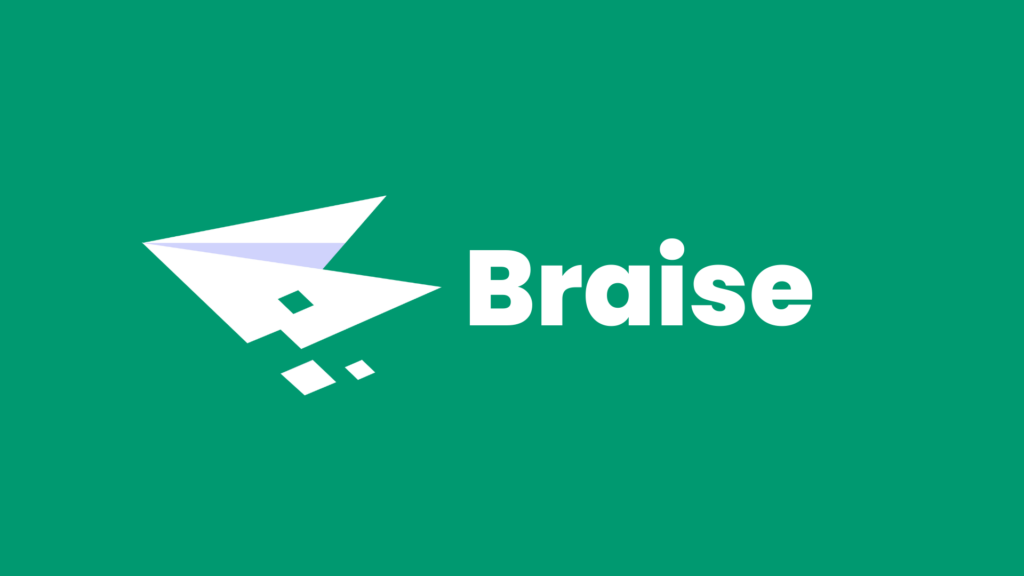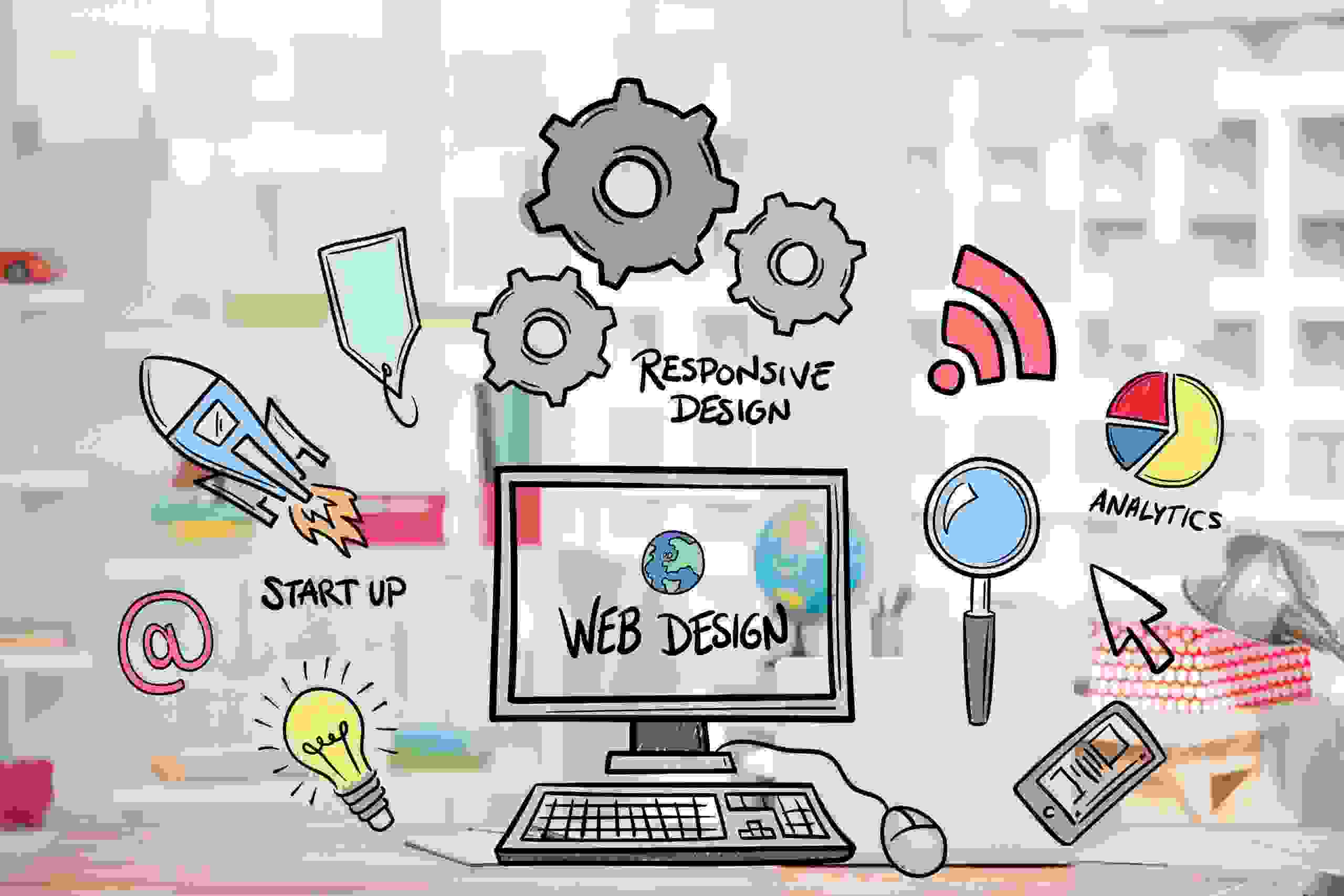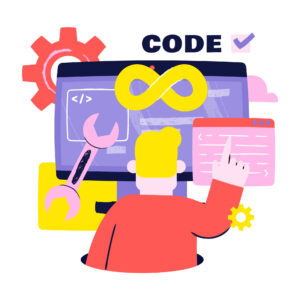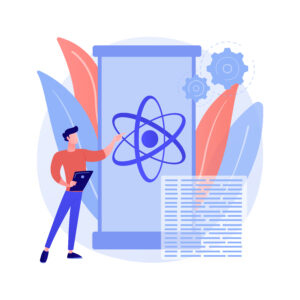When you decide to create a website, you enter the world of web development—a multifaceted field with numerous aspects to consider. In this article, we’ll explore the world of website development by answering three crucial questions:
1. What are the three types of web development?
2. What is web development?
3. What are the five stages of website development?
What is Web Development?
Before diving into the types and stages of web development, let’s clarify what web development is. In essence, web development is the process of building and maintaining websites for the internet or intranet. It encompasses everything from creating simple static web pages to complex web applications and online platforms. Web development involves various technologies, programming languages, and tools to bring a web project to life.
Three Types of Web Development
It can be categorized into three main types, each with its focus and set of skills:
1. Front-End Development
Front-end development, also known as client-side development, deals with the visible and interactive parts of a website that users see and interact with directly. It uses languages like HTML, CSS, and JavaScript to create user interfaces, design layouts, and ensure a seamless user experience. They make web pages responsive, visually appealing, and functional across different devices and browsers.
2. Back-End Development
Back-end development, or server-side development, focuses on the behind-the-scenes functionality of a website. It works on server configuration, databases, and application logic. They use programming languages like Python, Ruby, PHP, or Node.js to ensure that data is securely stored, retrieved, and processed. This type of development is crucial for handling user authentication, database management, and server operations.
3. Full-Stack Development
Full-stack development combines both front-end and back-end development skills, making a developer proficient in the entire web development process. It can work on all aspects of a web project, from designing the user interface to managing the server and databases. Their versatility is valuable for small teams or projects with limited resources.
Five Stages of Website Development
Now that we’ve covered the types of web development let’s explore the typical stages involved in creating a website:
1. Planning and Discovery
The first stage is all about defining your website’s purpose, goals, and target audience. You’ll also create a project roadmap, outlining the site’s structure and features. Planning is crucial to ensure that your website aligns with your business objectives.
2. Design
In the design phase, you’ll work on the website’s visual elements, including layout, color schemes, and typography. User experience (UX) and user interface (UI) design play a crucial role in this stage, as they determine how users will interact with your site.
3. Development
This is where the actual coding and building of the website occur. Front-end developers create the user interface, while back-end developers set up the server and database components. Full-stack developers handle both aspects, ensuring seamless integration.
4. Testing
Before launching your website, rigorous testing is essential to identify and fix any bugs or issues. This includes functional testing, performance testing, and compatibility testing across different devices and browsers.
5. Deployment and Maintenance
Once your website passes all tests, it’s ready for deployment. This stage involves making the website live for users to access. After launch, ongoing maintenance is essential to keep the site up-to-date, secure, and functioning correctly.
In conclusion, web development is a dynamic and multifaceted field that encompasses front-end, back-end, and full-stack development. Creating a website involves planning, design, development, testing, deployment, and ongoing maintenance. “Understanding these types and stages of web development is not only crucial but also imperative for anyone embarking on a web project. Whether it’s a personal blog, an e-commerce site, or a complex web application, grasping these concepts is essential.”
With this knowledge in hand, you’re better prepared to make informed decisions and collaborate effectively with web developers to bring your online vision to life.








